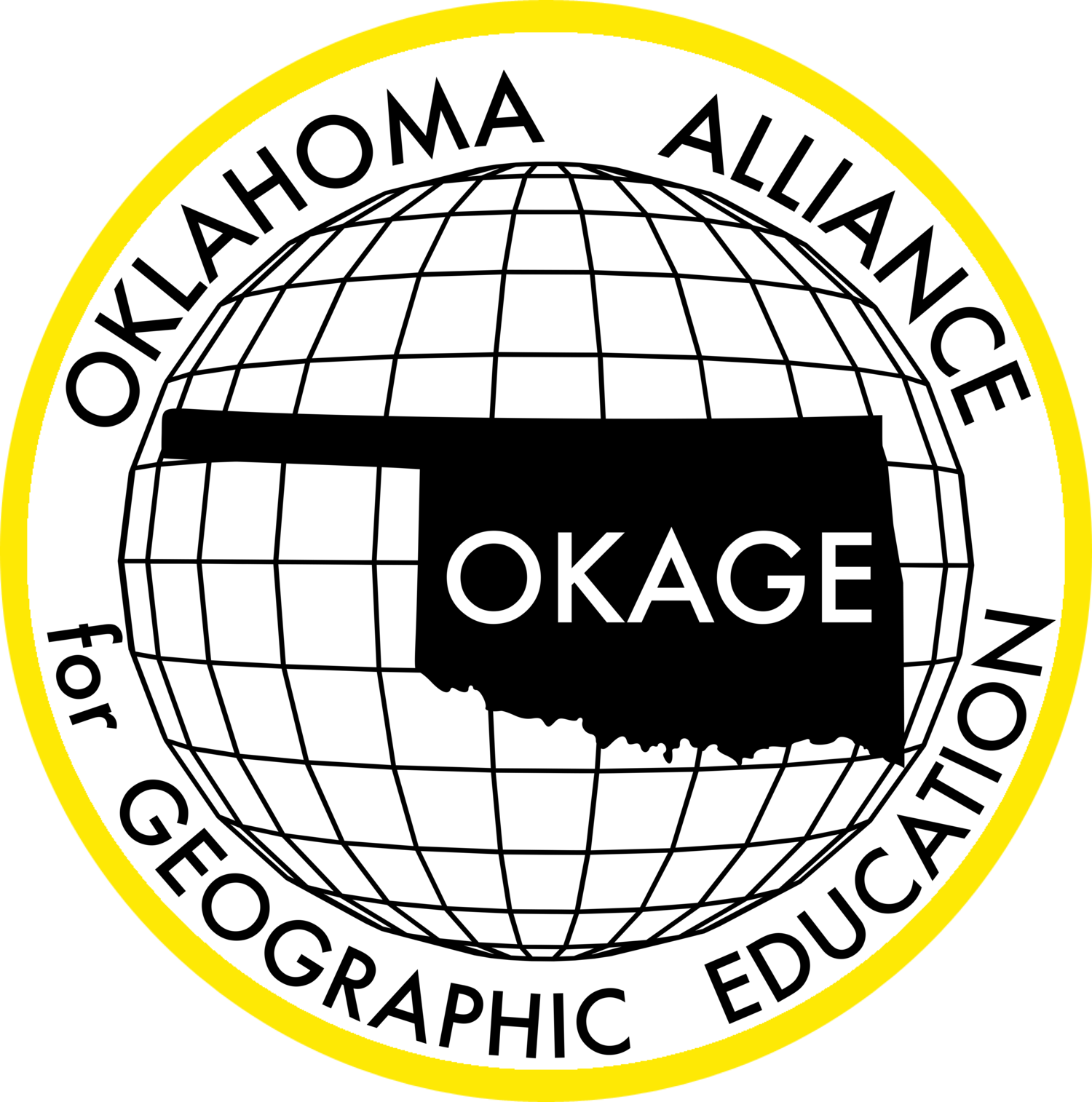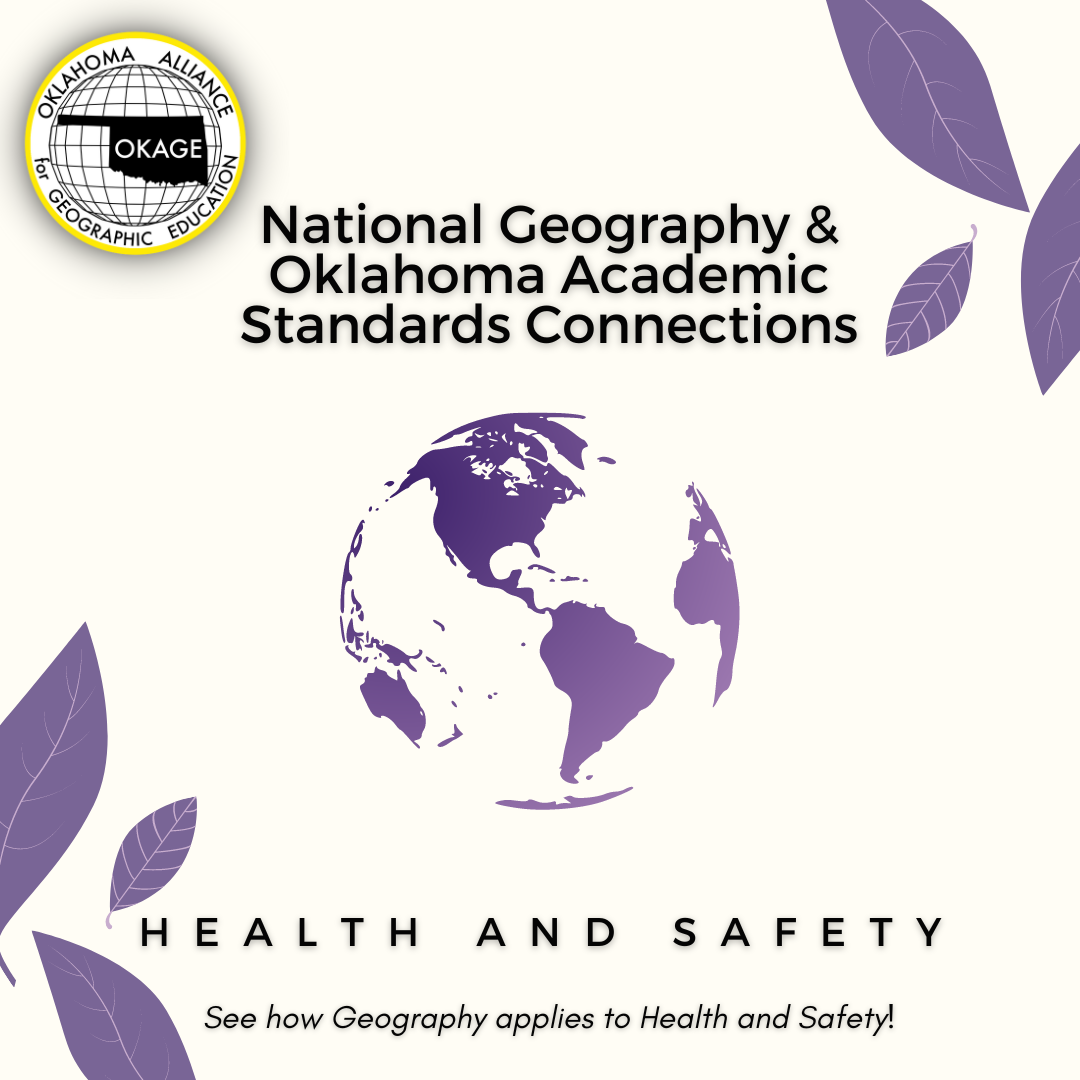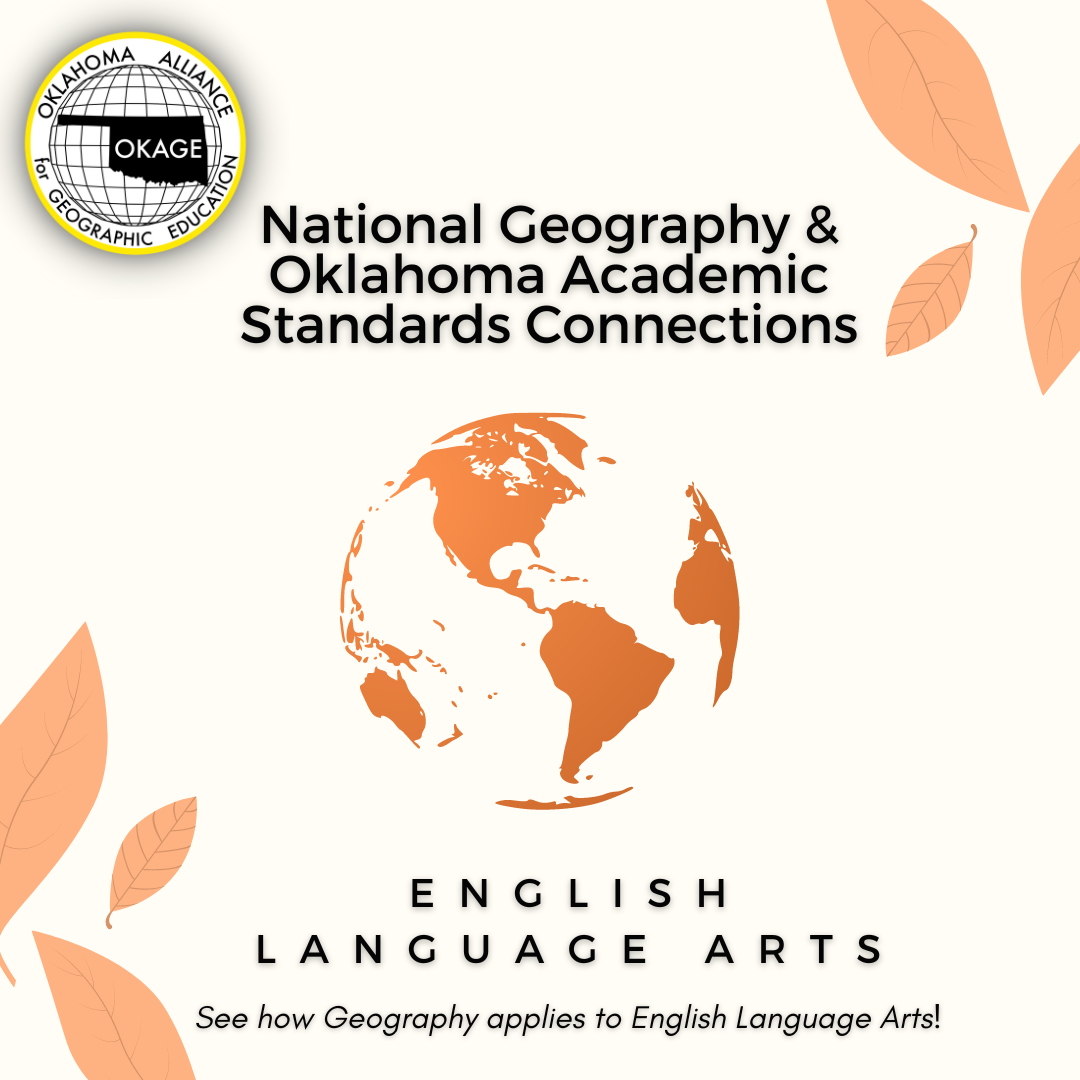Description: This is an interactive and engaging lesson designed to provide students with a comprehensive understanding of the European Union, the cultural touchstone of backpacking, and the geographical layout of European cities. The lesson involves reading, researching, and planning a backpacking journey through Europe. It is a hands-on activity that encourages students to apply their knowledge of geography, culture, and history to create a unique travel itinerary.
The rationale behind this lesson is to foster a deeper understanding of the interconnectedness of our world, particularly within the context of the European Union. By planning a backpacking journey, students will gain insights into the geographical, cultural, and historical diversity of Europe. They will also develop critical thinking and teamwork skills along with geographic awareness. This activity is designed to make learning geography an engaging and interactive experience, moving beyond rote memorization to application and analysis.
This lesson is aligned with both National Geography Standards and Oklahoma Academic Standards, ensuring that it is not only educationally relevant but also beneficial for students. The activity provides a practical application of these standards, allowing students to see the relevance of what they are learning and how it applies to the real world. Please note this lesson may be adapted for use with digital or desktop-sized maps if the Europe Giant Map is unavailable.
Grade level(s): Middle
Standards: OAS, GFL
Produced By: Cory Williams





















